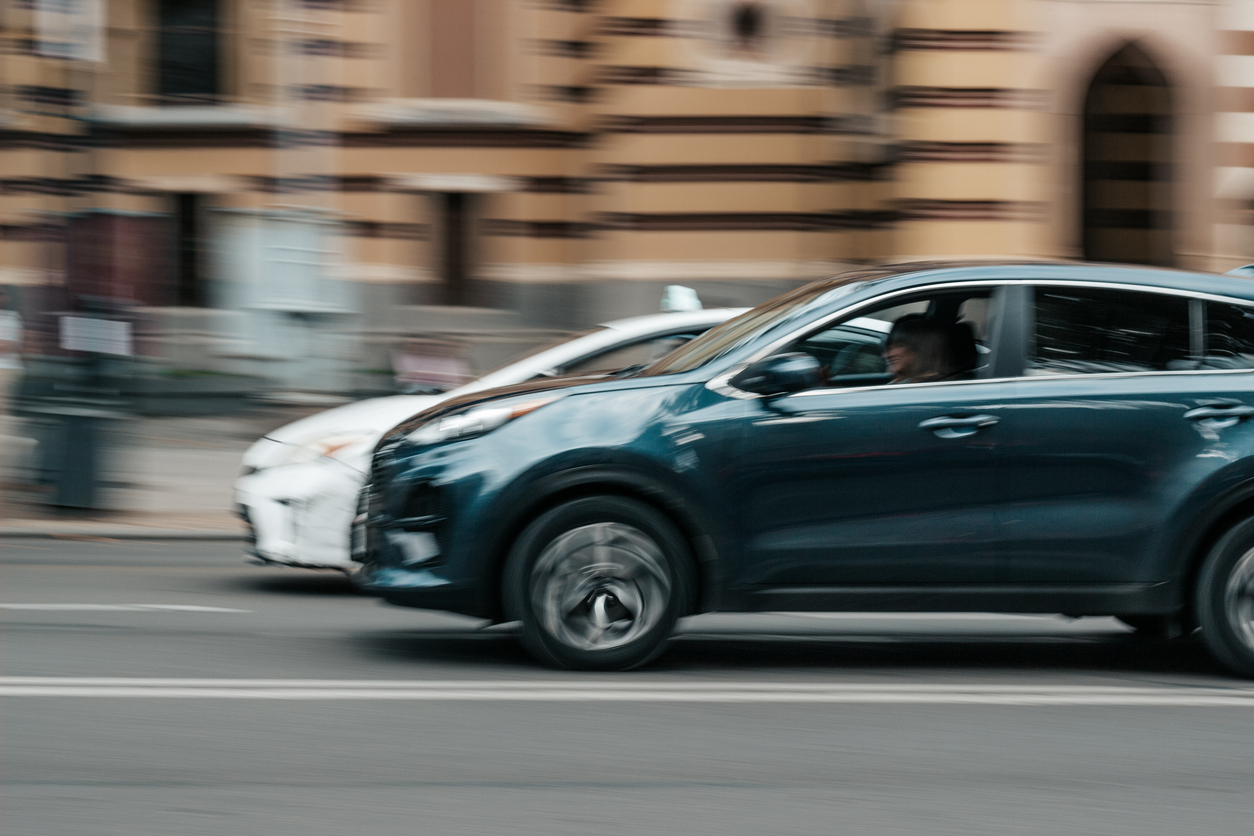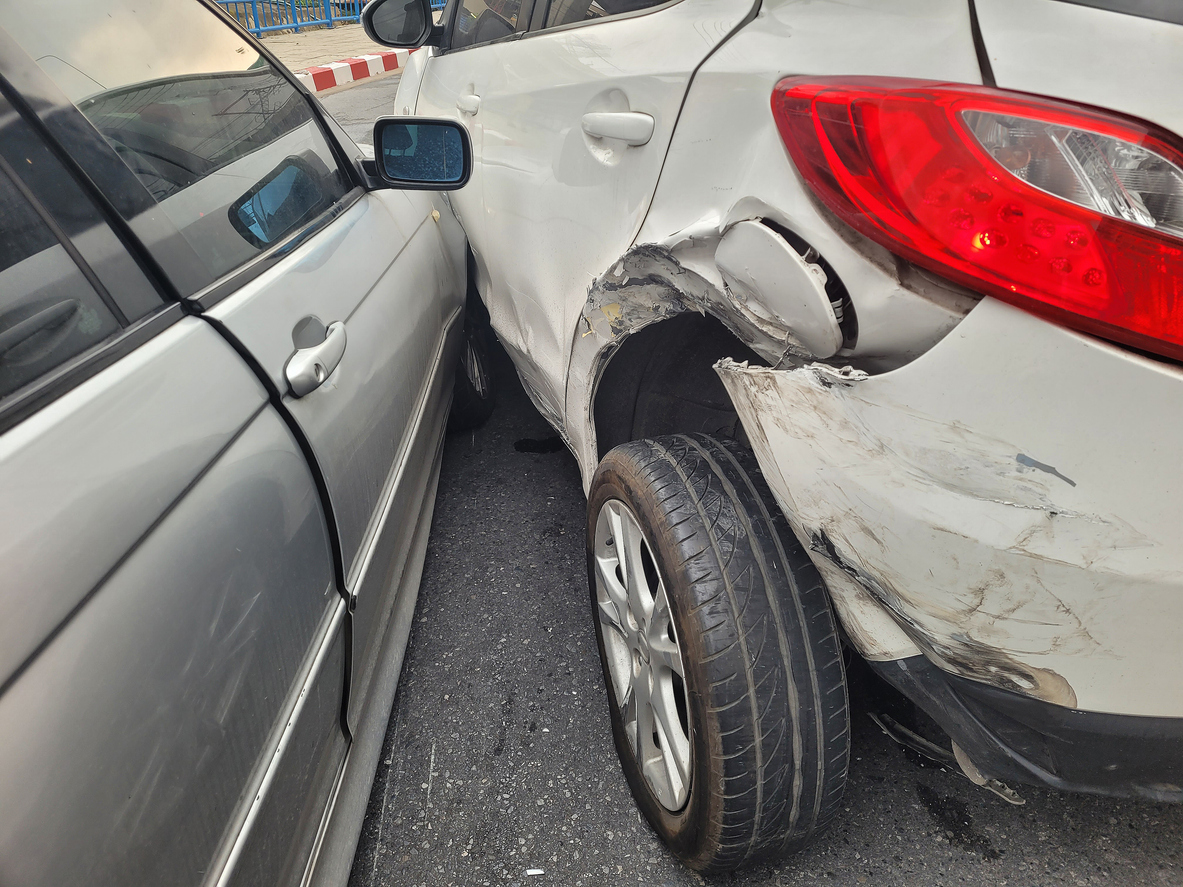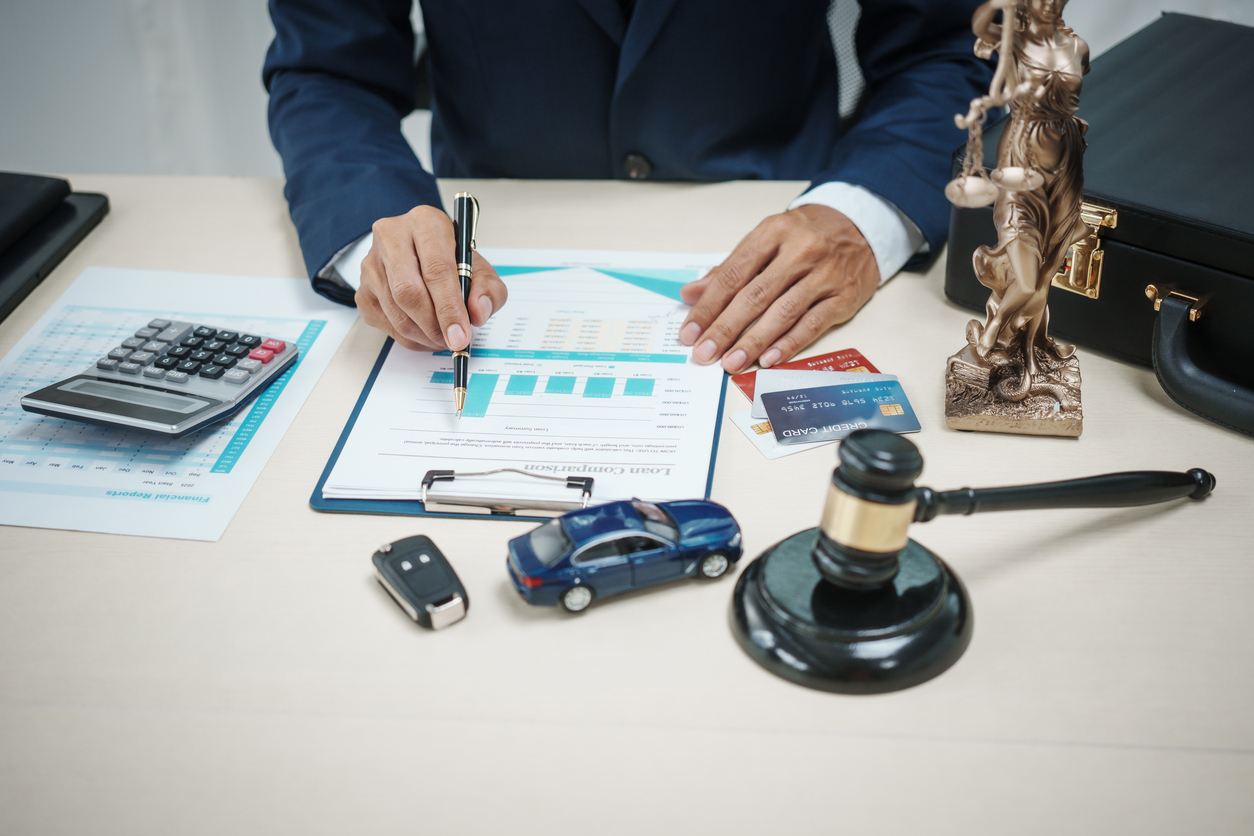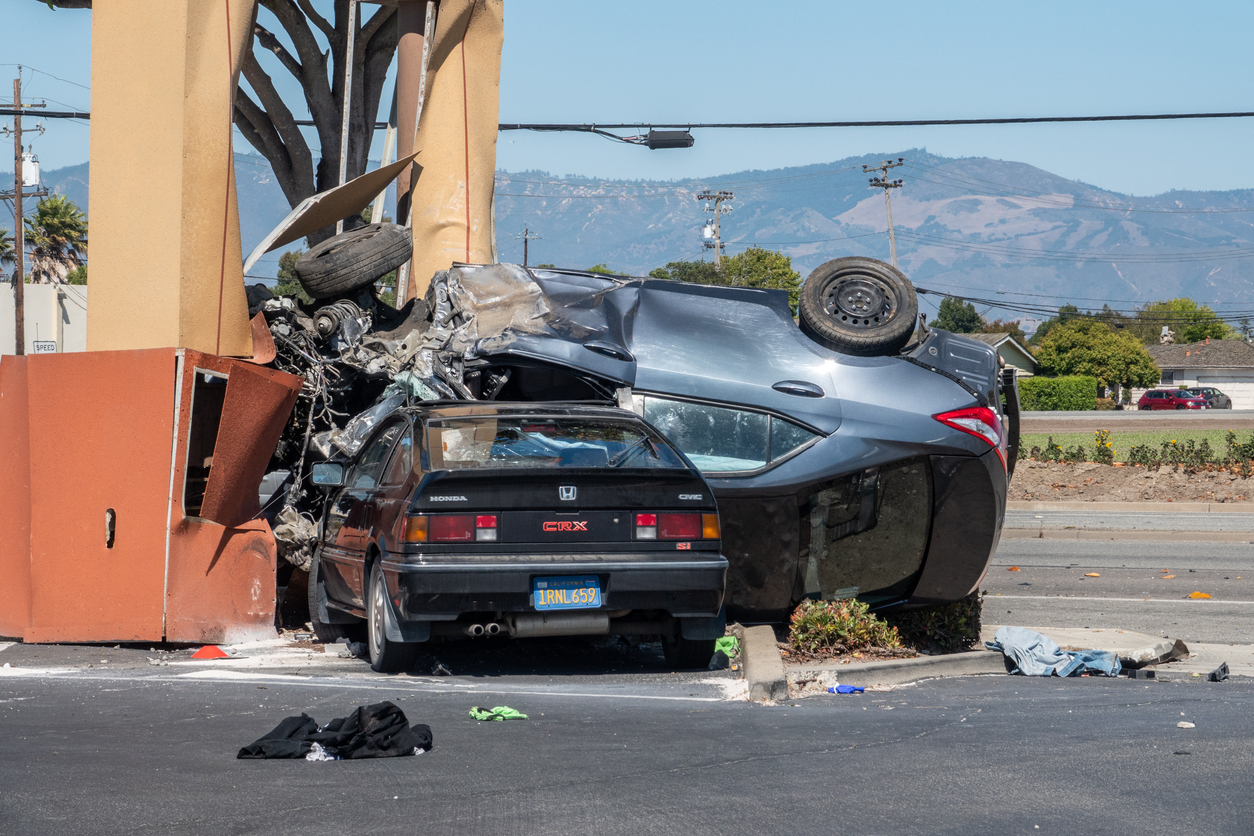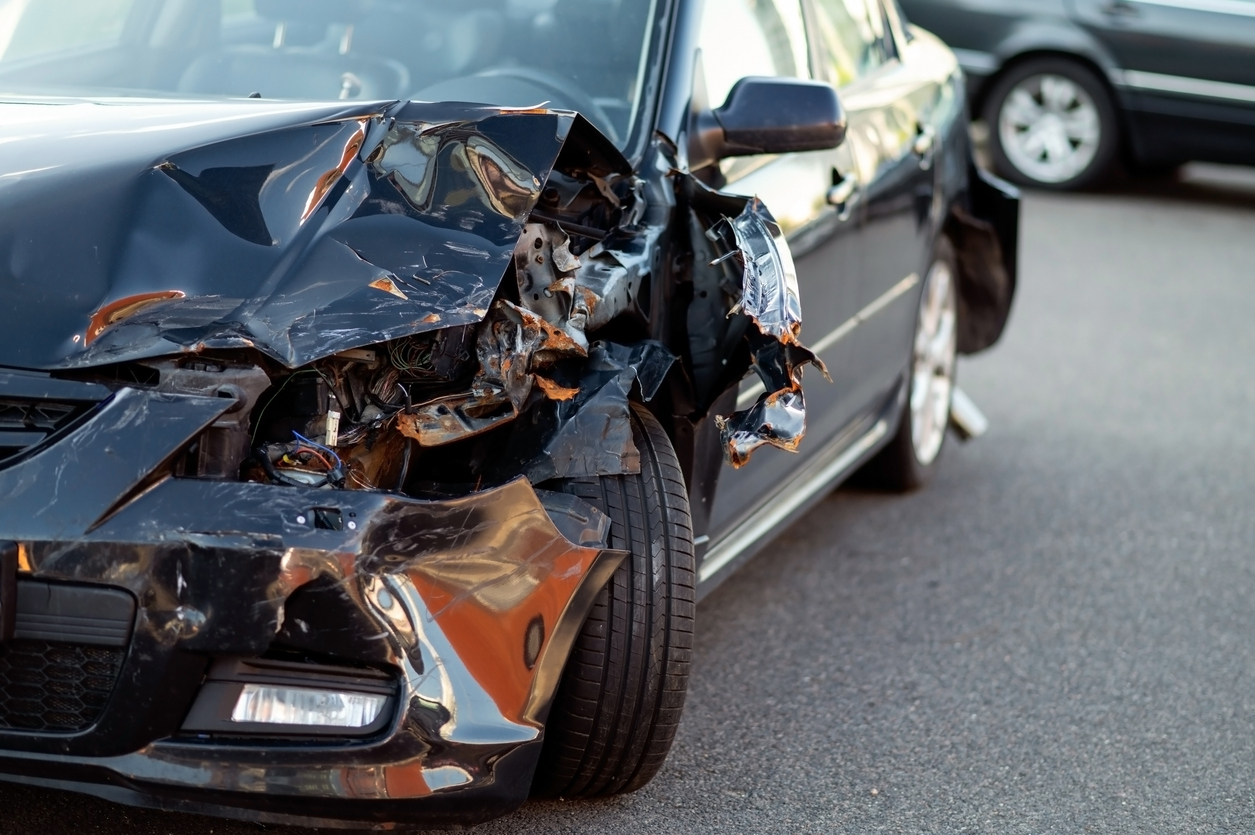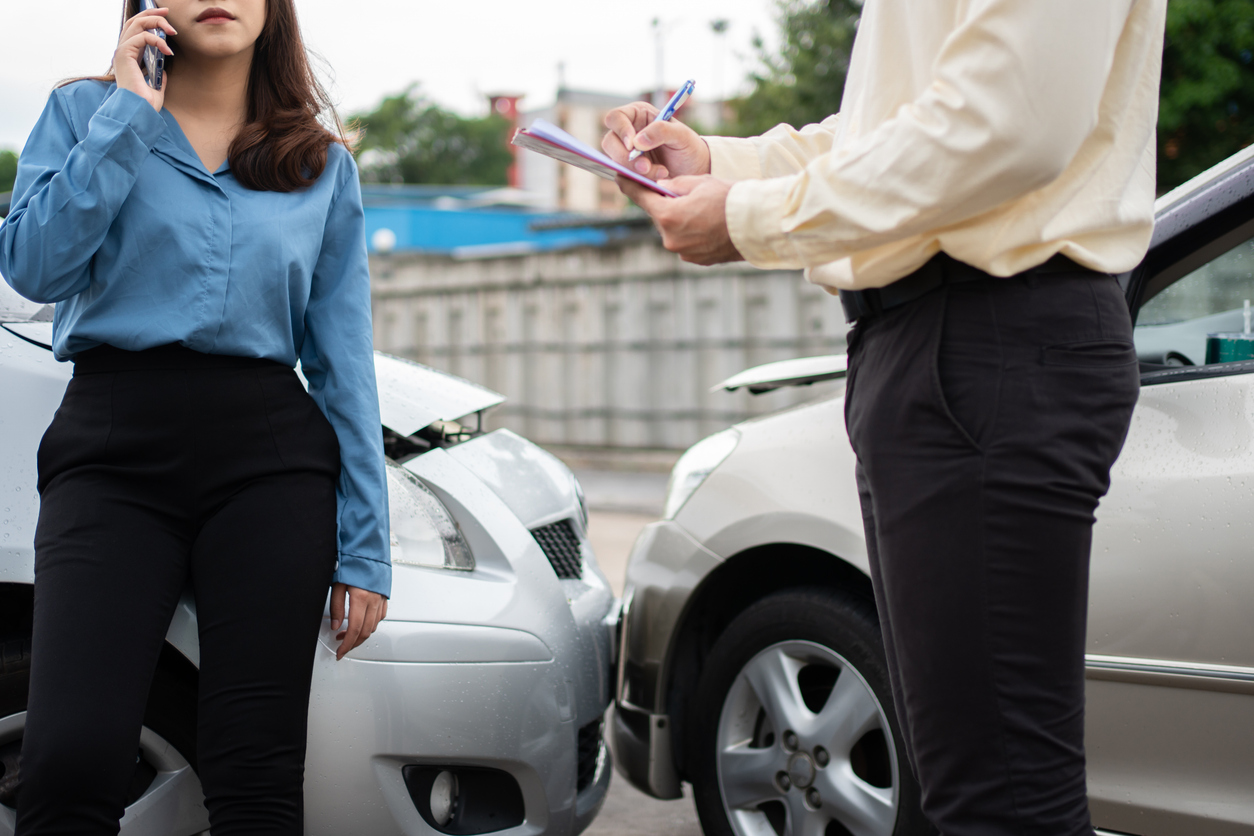- 9 Sep 2025
Insurance Law
- By admin
- 8 Sep 2025
Legal Remedies For Insurers Who Miss The Georgia Insurance Claim Deadline
When policyholders file accident-related claims, strict timelines often dictate how quickly an...
- By admin
- 8 Sep 2025
What Evidence is Needed to Support a Distracted Driving Negligence Claim?
Proving distracted driving negligence is often one of the most critical aspects...
- By admin
- 4 Sep 2025
Common Causes of Speed-Related Accidents in Whittier: Insights from a Speed-Related Car Accident Lawyer
The streets of Whittier witness countless vehicles every day, and with that...
- By admin
- 3 Sep 2025
How a Denver Car Accident Attorney Helps with Uninsured Motorist Claims
Car accidents often create financial and legal challenges, but the situation becomes...
- By admin
- 2 Sep 2025
Common Mistakes to Avoid When Choosing a Memphis Car Accident Lawyer
When searching for a Memphis car accident lawyer, many people are already...
- By admin
- 1 Sep 2025
What To Expect During The Car Accident Claims Process With A Car Accident Lawyer
Navigating the aftermath of a crash can feel overwhelming, and many people...
- By admin
- 30 Aug 2025
Reportable vs Non-Reportable Crash in North Carolina: When Officer Discretion Comes into Play
Accidents on North Carolina roadways often fall into two distinct legal categories:...
- By admin
- 20 Aug 2025
Oregon Multi Vehicle Accident Insurance Claims: What Drivers Need to Know
When drivers find themselves in an Oregon multi vehicle accident, the aftermath...
- By admin
- 19 Aug 2025
How Insurance Works When You Are Sued After Car Accident in Oklahoma
When someone is sued after car accident in Oklahoma, the first concern...
- By admin
- 30 Jul 2025
Social Media Impact on Car Accident Claim: What Insurance Adjusters Look For
In the digital age, where nearly every moment is shared online, accident...
Recent posts
Categories
- Accident (6)
- AI (1)
- Brain Injury Attorney (1)
- Business Law (1)
- Car Accident (17)
- Child Psychology (1)
- Child Support (2)
- Copyright Law (2)
- Criminal Law (2)
- Disability Law (1)
- Discrimination (1)
- Divorce (5)
- Domestic Violence (2)
- Driving Law (1)
- Estate Planning (1)
- Family Law (7)
- Food and Drink (2)
- Gas Exposure (1)
- Health (1)
- Immigration Law (1)
- Injury Claim (1)
- Insurance Law (2)
- Legal (39)
- Lemon Law (3)
- Mediation (1)
- Medical Malpractice (1)
- Motorcycle Accident (3)
- Personal Injury (8)
- Property Law (1)
- Real Estate Law (1)
- Severance Agreement (1)
- Sexual Assault (1)
- Transportation Law (1)
- Travel and Leisure (1)
- Truck Accident (10)
- Uncategorized (26)
- Worker Compensation (1)
- Workplace Discrimination (1)
- Wrongful Death (3)


